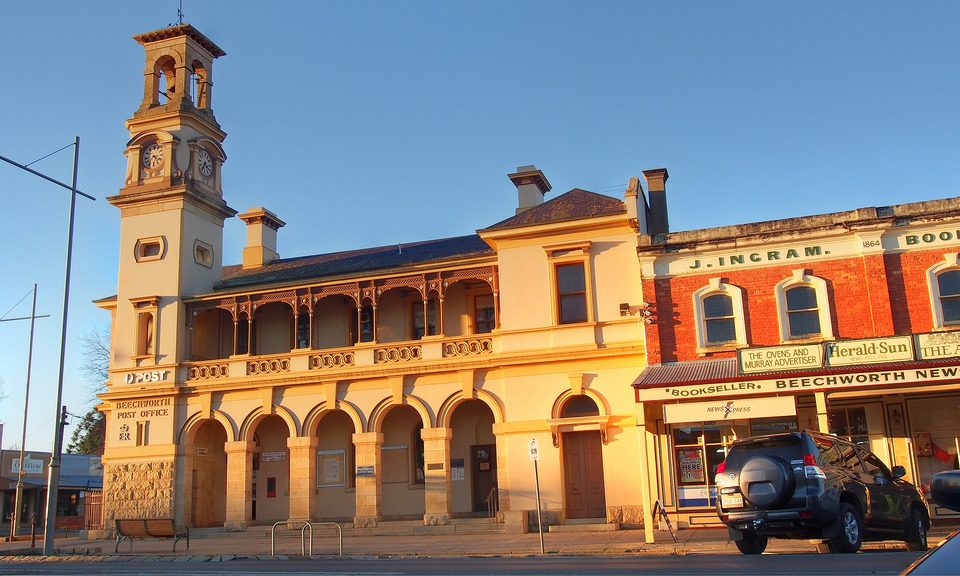WHERE is restricted NT Indigenous spending heading?
Canadian Director for ‘Healing Art’ Theatre Workshop:Oct 3-5
September 10, 2007Inland Saline Aquaculture News And Success
September 12, 2007A reader has alerted us to a worrying aspect of the Commonwealth’s NT Indigenous intervention. In order that welfare payments are used to buy food and essentials, thousands of Indigenous people will have to spend quarantined payments at remote community stores or at Woolworths…the ONLY choice?
Major General David Chalmers, leader of the intervention, says people living close to major centres, such as Alice Springs, will be able to organise with Centrelink to spend some of the money using a special card at Woolworths.
“They’ll agree with Centrelink where they’re going to want to spend it,” he said. “There will be flexibility so that initial agreement isn’t binding you can change it on a pay period to pay period fortnight to fortnight basis… But nonetheless there will be some restrictions on the flexibility of that 50 per cent. One such restriction is that Aboriginal people will not be able to buy bread from a bakery using the quarantined funds…If you want to buy bread at a bakery then you would use 50 per cent of your discretionary money to do that, he said…people would also need to use the discretionary portion if they wanted to buy clothing at a shopping centre.”
A good track record – but where might this lead?
The Community Stores Program – a partnership between the NT’s Jawoyn community, the Fred Hollows Foundation and Woolworths – won the Prime Minister’s NT Community (Large) Business Partnership Award for the successful operation of local stores in 2004.
The Foundation sought Woolworths’ advice on improving management of local stores in remote Aboriginal communities, which prompted them to send an employee and his family to work with the Jawoyn community to provide professional support and staff training in retail management.
Woolworths in Katherine has also provided training programs for staff and the Fred Hollows Foundation facilitated financial literacy training to teach Aboriginal people to understand financial statements and budgets.
Back then Senator Patterson said:
“We are now seeing Aboriginal people employed in Jawoyn stores and an expanded range of available foods which has improved community members’ diets…This initiative is helping Indigenous people to develop the necessary skills and resources to take control of their own health and may prove to be a model for improvements in other communities.”
Footnote 1
Thankfully we see The Australian reporting on 17 September that:
“Much of the quarantined income will go to community stores but welfare recipients will have the ability to have money deposited on store cards with Woolworths, Coles and Kmart to buy cheaper groceries and clothes in centres such as Alice Springs. Other stores will be added to the scheme at a later date.”
Footnote 2
FYI we note Woolies’ website maintains the ‘frequently cited market share figure of 79% between Australia’s two largest retailers is distorted as it refers only to products that have been scanned at the checkouts of large retailers. It therefore does not include any products that cannot be scanned (eg meat, deli, fresh produce), any retailers that are not large (eg independents, convenience stores, petrol stations) or do not have scanning equipment (most specialist retailers). It therefore ignores around half the market.
The real facts about market share can be determined from the Australian Bureau of Statistics, which annually estimates the value of total food, liquor and grocery market. This figure divided by Woolworth’s annual sales gives Woolworths a market share figure of approximately 29%
and our major competitor a market share figure of approximately 23%.’
I’m not sure about the accuracy of all the ‘exclusions’ but Coles-Woolies, from their perspective, still have a market share of 52% – considerably higher than the big players in the UK and the US.


